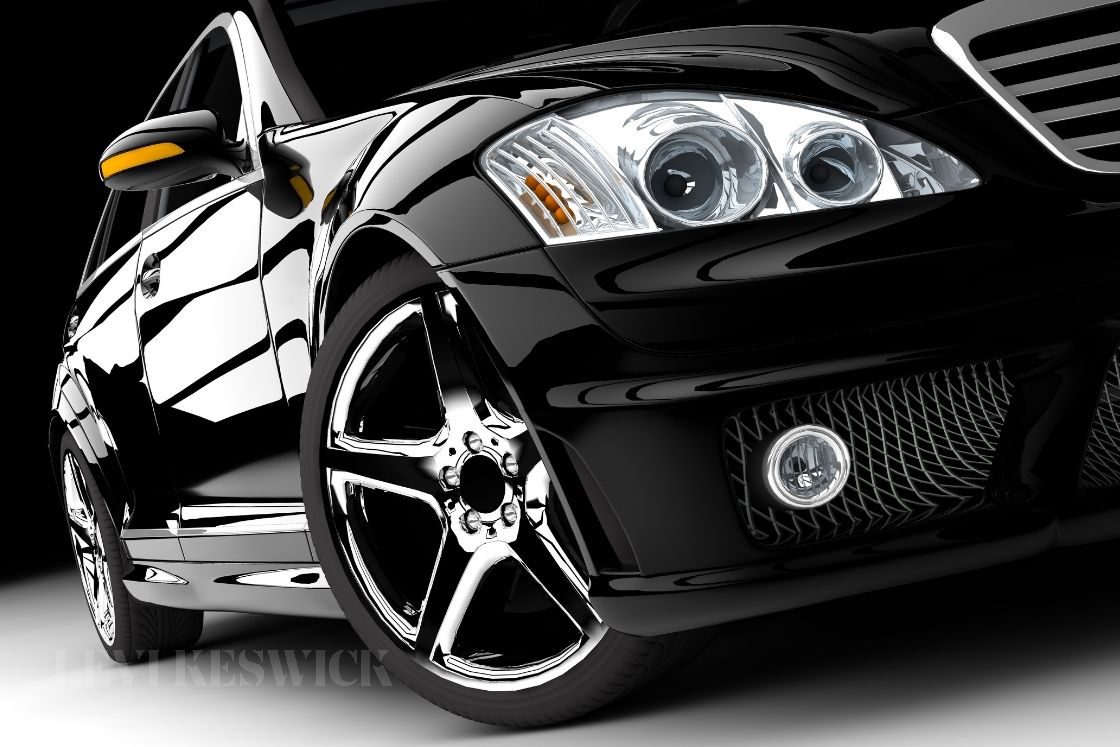You can equip your vehicle with the best tires on the market, but that’s only the first step in ensuring they—and your car—achieve optimal performance. Certainly, you can leave much of your car’s maintenance to your mechanic. As your vehicle’s primary operator, however, you’re in a perfect position to observe and confirm your vehicle is working at peak efficiency. Your tires withstand the worst effects of the road, so give them the attention they need with these tips for improving tire performance.
Maintain Steady Pressure
So much of tire care depends on ensuring the air pressure levels are maintained. Too much or too little air in the tires can lead to flats, blow-outs, reduced speed and engine performance, and unnecessary wear and tear on other parts. Whenever you take your car in for service, tire pressure checks are standard procedure. But consider picking up a pressure gauge and keeping it in your glove compartment. Periodically checking and maintaining the pressure indicated on the sticker inside the driver’s-side door can keep your tires rolling for a very long time.
Go Easy on Them
We’ve all had the desire to take the car out where the road stretches for endless miles and open it up. Resist the temptation. High speeds punish wheels with high heat and road debris. Burying the needle may seem fun, but it’s not just illegal—it also beats up your tires and reduces their treads and lifetime by a huge percentage. Unless they’re specifically designed for racing—and kept on the track—your tires are simply built to ensure long, smooth, safe rides through all the seasons.
Likewise, use good sense and avoid potential tire-damaging hazards such as road debris, potholes, puddles (which can disguise even deeper potholes), unpaved roads, and whatever road-blocking things inclement weather can throw at you and your car.
No Tricks—Just Treat Them Right
In seeking tips for improving tire performance, you might hear about techniques such as grooving or siping. These methods supposedly improve traction by making thin, halfway cuts (siping) or deeper, thicker cuts (grooving) into the tread. Some say siping can even help with snow and ice. The truth is, a good set of high-performance all-season tires don’t need any special adjustments or alterations. Under normal conditions and usage, just make sure you get your tires checked periodically, ensure they’re rotated and possibly realigned every 3,000 to 5,000 miles, and replace them every six years. Stick to a brand and style, and never replace a blown tire with a tire that doesn’t match the others or leave on a spare for too long. This can subtly damage your interior wheel assembly, differential, and other parts of the car.








